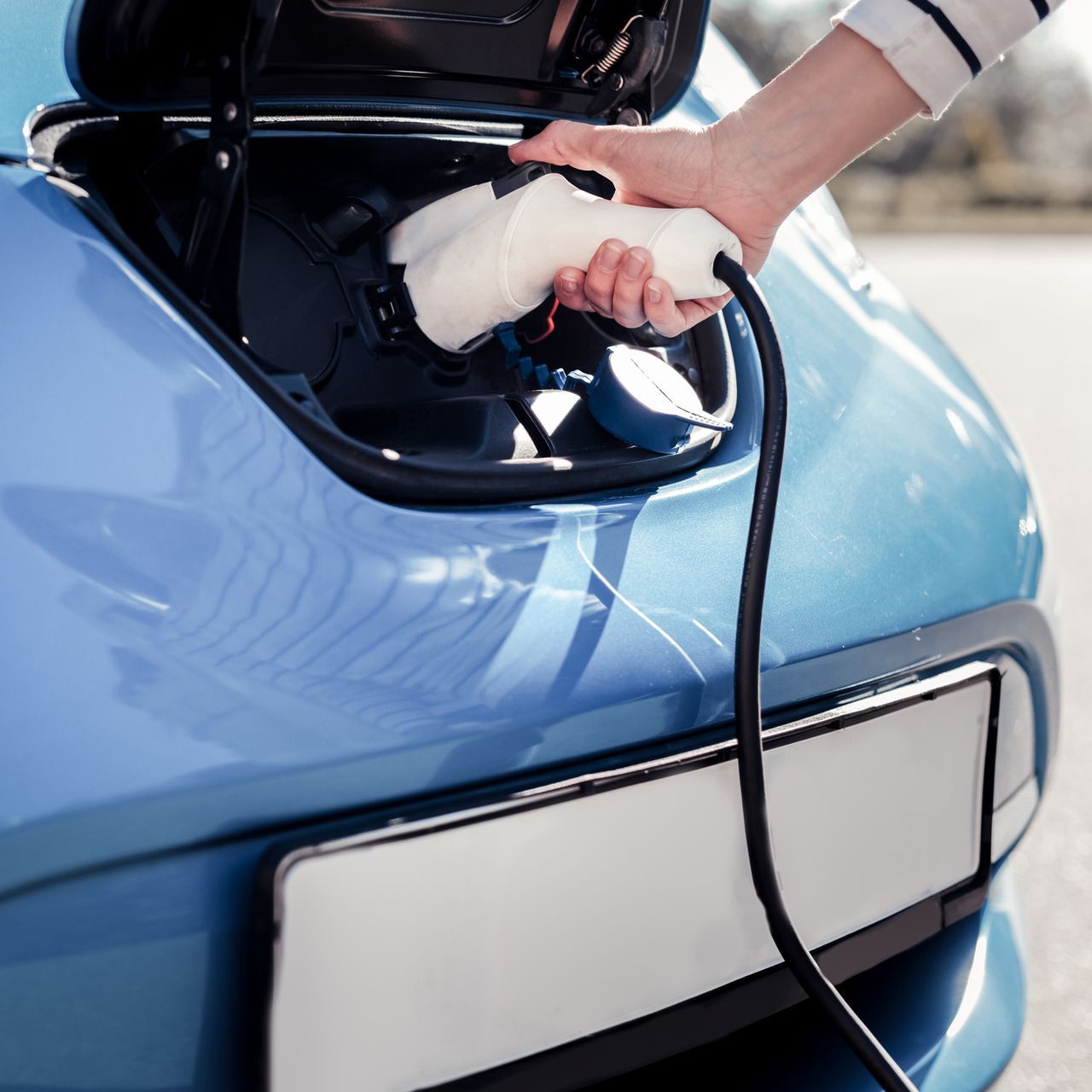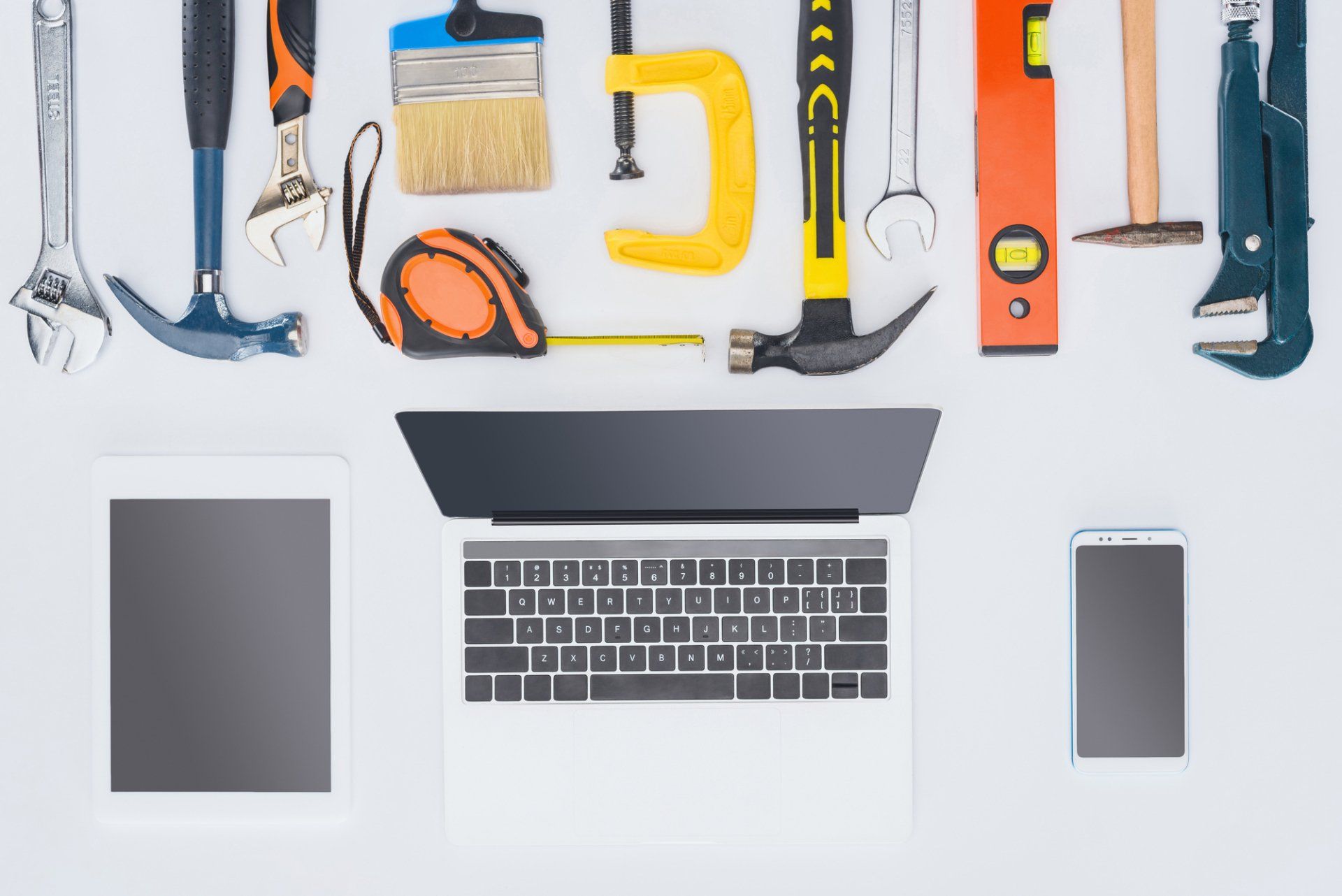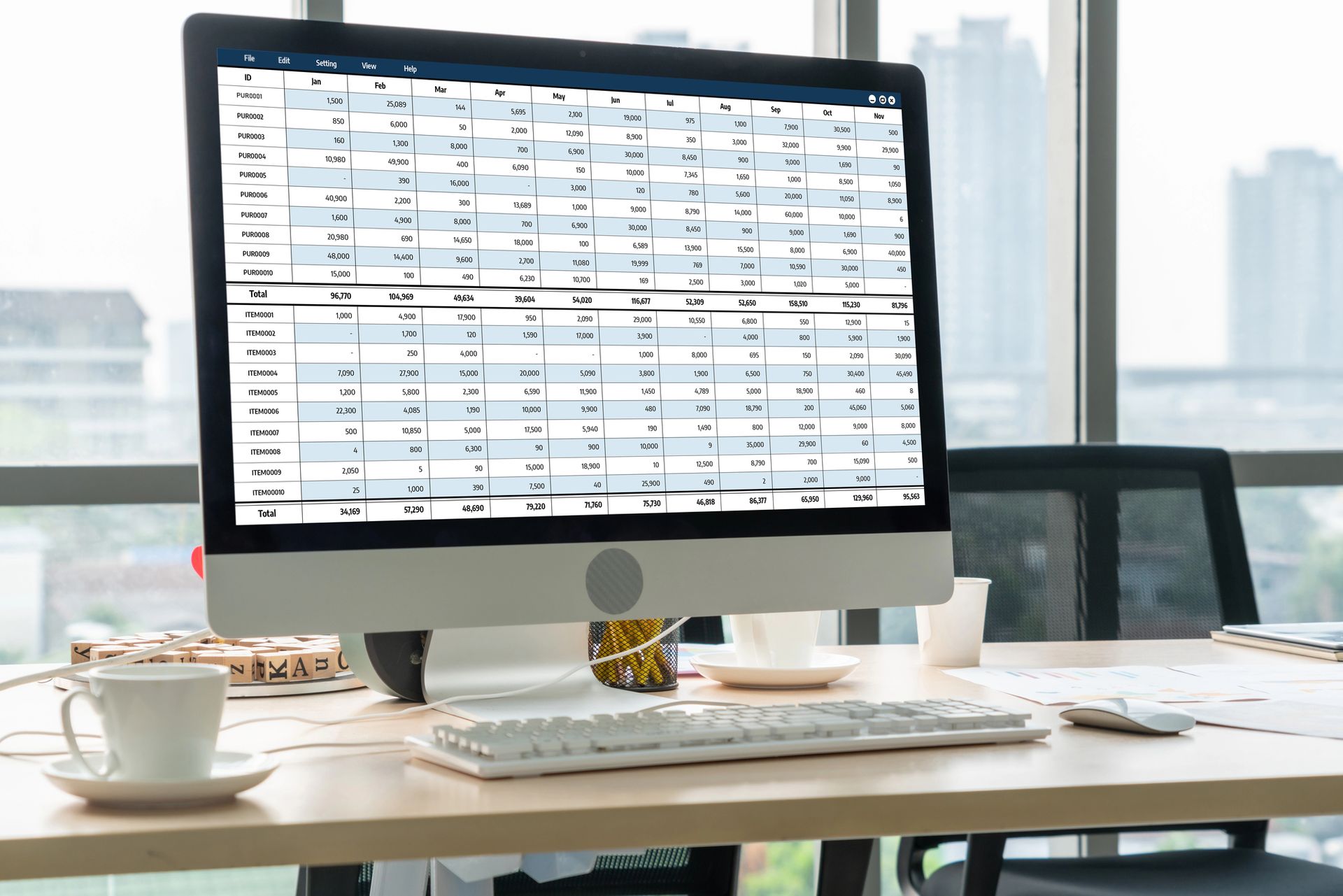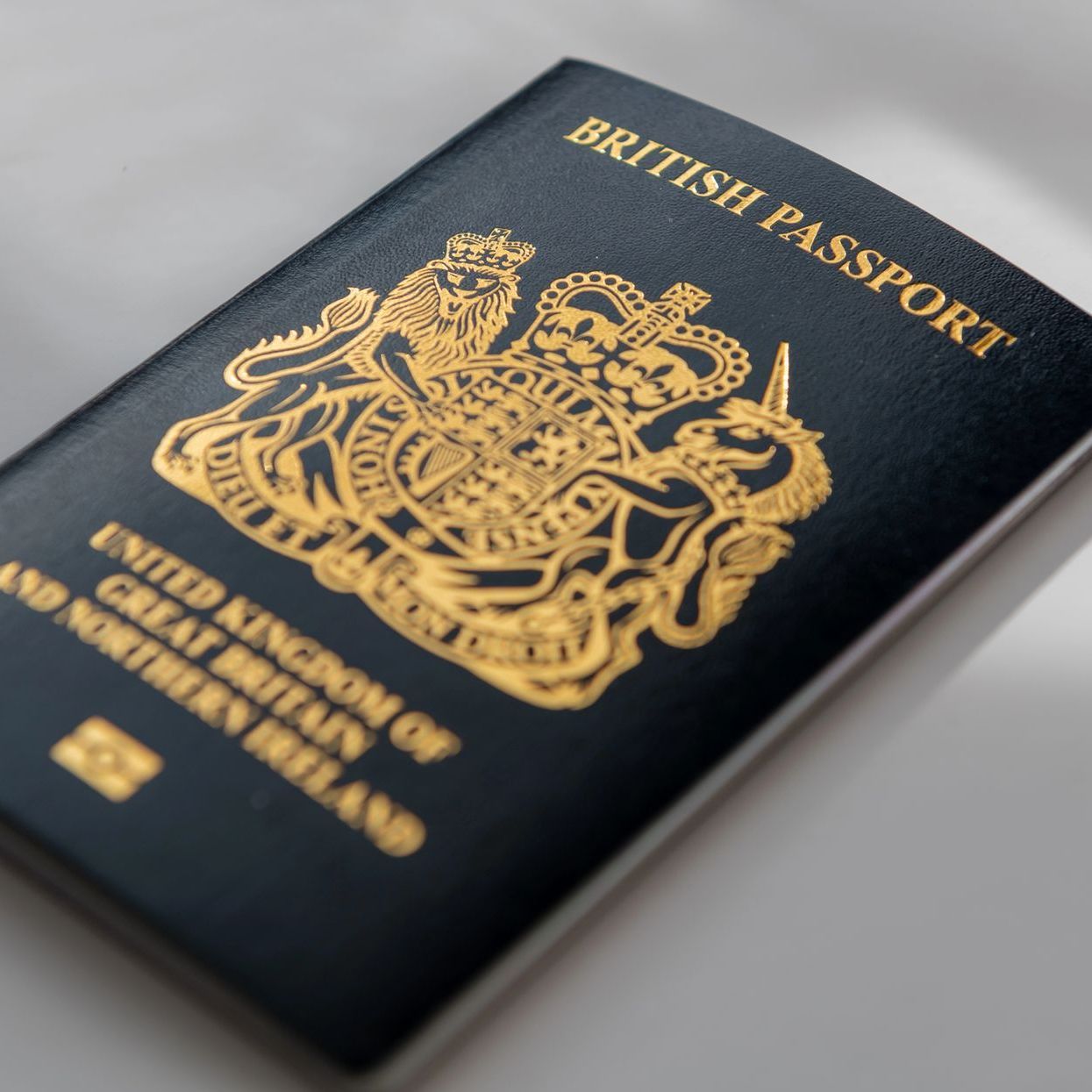Can I claim super-deductions when I buy equipment?
So how does it work?
Between 1 April 2021 and 31 March 2023, companies investing in new qualifying plant and machinery will be able to deduct 130% of the costs of the asset from their profits before calculating their corporation tax, significantly reducing the amount of corporation tax they are due to pay. The asset must be ordered and paid for within these dates.
Note that this new super deduction only applies to Companies, not unincorporated businesses.
Which purchases qualify?
HMRC state that the super-deduction can be claimed on ‘qualifying main rate plant and machinery investments’. Most new assets bought for use in the course of a business will qualify. The main exception is that cars do not qualify. HMRC gives examples of the sorts of assets that do qualify as:
• Solar panels • Computer equipment and servers • Tractors, lorries, vans • Ladders, drills, cranes • Office chairs and desks, • Electric vehicle charge points • Refrigeration units • Compressors • Foundry equipment.
The ‘super-deduction’ cannot be claimed against the purchase of used or second-hand assets, only new items.
Assets acquired through hire purchase contracts qualify for the allowance, but there are additional considerations for assets acquired through other types of leases.
What are the draw-backs?
Whilst this scheme is attractive, there are some things that you should consider first
- Can you afford to buy a new asset as opposed to a second-hand one?
- Is it the right thing to delay the purchase of essential items that you need in your business?
- If your financial year end on the 31st March 2021, delaying purchase of the asset until April may mean an increased corporation tax liability in the current tax year.
What happens when I see the asset?
When you sell assets on which the super deduction has been claimed, the proceeds will be taxable in the year of disposal by way of a ‘balancing charge.’ At this point, the disposal proceeds that are subject to tax are multiplied by 130% and added back to your corporation tax liability. Therefore, the relief can be substantially clawed back when the asset is sold.
If you would like to chat through how this new allowance may be of benefit to your business, please get in touch using the buttons below.











